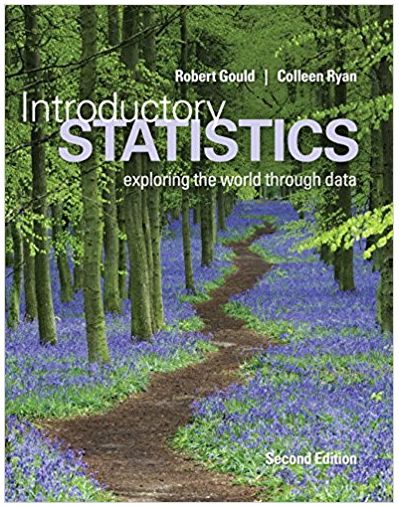Some people believe that it is easier to read words printed on colored paper than words printed
Question:
.png)
a. Compare the sample means. Does your result fit the theory given?
b. Use a two-sample t-test; report the t-statistic and p-value, and report whether you can reject the null hypothesis of no difference in times at the 0.05 level.
c. Use a paired t-test; report the t-statistic and p-value, and report whether you can reject the null hypothesis of no difference in times at the 0.05 level.
d. Which is the appropriate test for this data set?
e. Why is it essential that the researchers randomly assign the order so that some of the people read material on the salmon-colored paper first and some read material on the white paper first?
The word "distribution" has several meanings in the financial world, most of them pertaining to the payment of assets from a fund, account, or individual security to an investor or beneficiary. Retirement account distributions are among the most...
Fantastic news! We've Found the answer you've been seeking!
Step by Step Answer:
Related Book For 

Introductory Statistics Exploring The World Through Data
ISBN: 9780321978271
2nd Edition
Authors: Robert Gould, Colleen Ryan
Question Posted:





